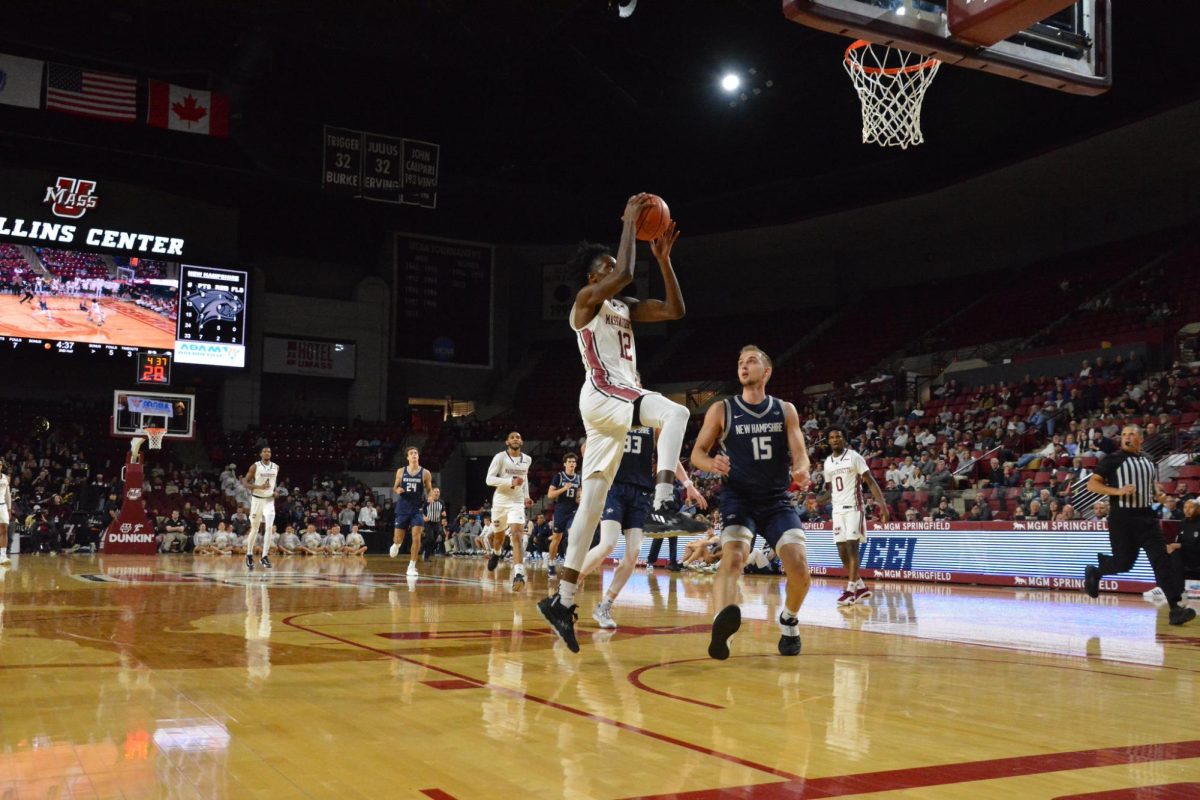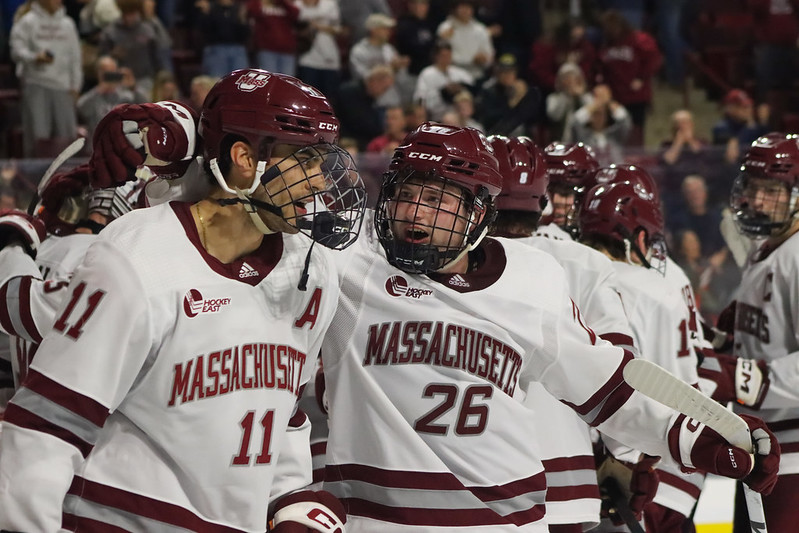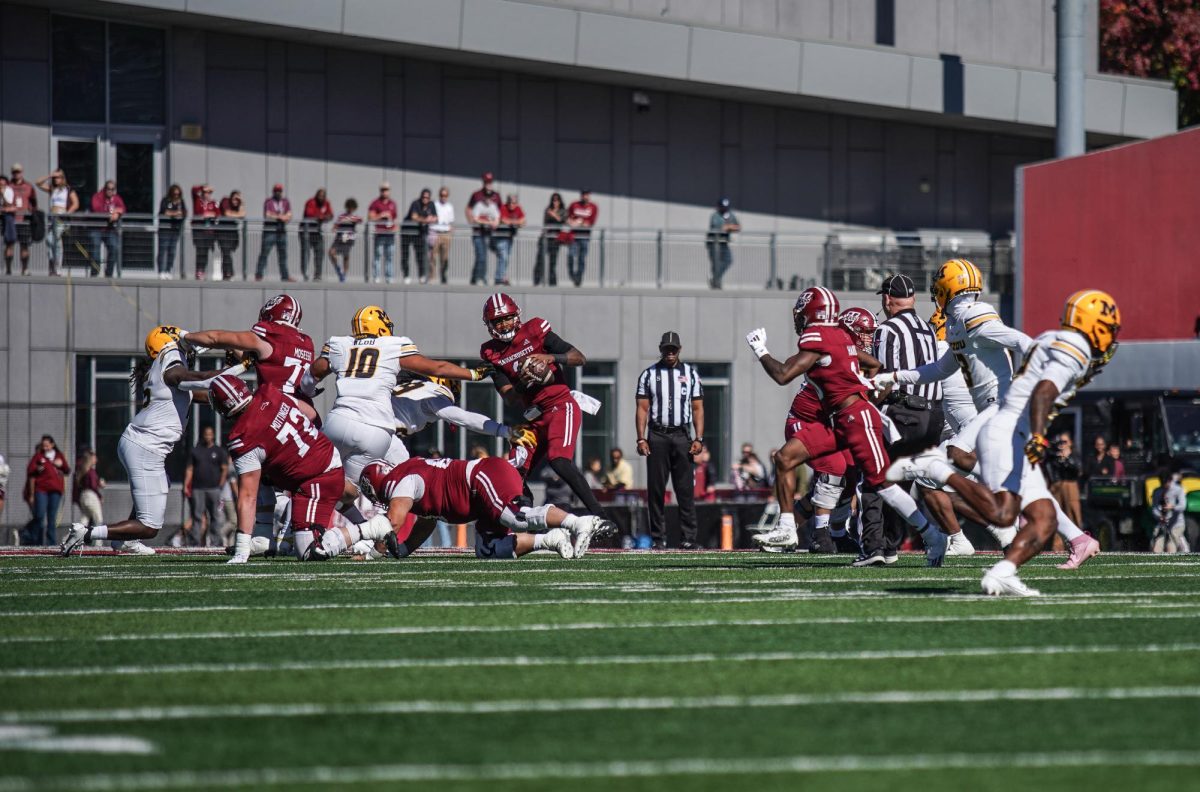
Ever since the day I colored the school bus purple in my first grade classroom, I knew I was different – the kid next to me colored his blue. The moral of this two-second story is that everyone is different, which is a simple enough concept to grasp even for first graders.
In my experience with teachers throughout elementary, middle and high school, catering to the needs of different kinds of learners seemed to be a difficult but worthwhile task. Yet, now as a junior at UMass, this problem seems to have slipped quietly into obscurity, if not total absentia.
Why? Surely we are all just the same purple-bus and blue-bus kids we used to be, still holding our own individual preferences for certain learning styles that work best for us. In my experience, I see my fellow students doing for themselves what their previous teachers could not. Through utilizing resources such as office hours, supplemental instruction sessions and the Lederle Resource Center tutoring program, students with all types of learning styles seem to be finding ways to succeed while taking the same lecture-based courses. Yet this is not the image that UMass sees.
In the last few semesters, courses labeled as TBL or team based learning courses have been popping up in SPIRE with increasing frequency. As stated in the university’s description of the program, “The main purpose of TBL is to change the classroom experience from acquiring course content and concepts in a lecture-based format to applying course content and concepts in a team format.”
The description goes on to outline in detail exactly how the course is different from traditional group work, claiming to weed out the “social loafers” of the classroom community and motivate each student to excel while cooperating effectively with others. In other words, the scene set is an undeniable Kodak moment for the cover of the Alumni Magazine.
Having already completed one TBL physics course and begun a TBL resource economics course, I’ll provide a quick run-down of how the typical TBL structure has worked in my experience. Before class, students watch a series of YouTube-esque videos that function as a voiced-over slideshow in place of a traditional in-person lecture.
Once in class, the professor provides students (grouped at tables of nine) assignments to complete during class. These assignments were often practice problems in my physics course, but the in-class portion of my resource economics class is entirely devoted to a semester-long, joint statistical analysis project. Without a few key issues, it would seem as though this approach at least functions as it is described. A traditional class generally consists of a lecture and what could be called out-of-class work, whether it is an essay, problem set, or lab report. It would then follow that a “flipped” class would be exactly the opposite. This is not the case with TBL.
In both my TBL classes, we were assigned extensive out-of-class assignments in addition to the required lecture videos, while in class we often worked on assignments that could not possibly be finished in the allotted time. I do not mean to complain about being given homework. In fact, 90 percent of the knowledge I gained was a direct result of that homework, which would be fine in a traditional setting. In TBL, however, I came to question what the point of showing up to class was at all.
If I wanted to work with others, I went to an SI session or got together with classmates. The lectures themselves were dull and completely demotivating for note-taking. When the lecture is always there online, why should anyone take the time to write it all down again?
We did not come to the UMass campus to listen to recordings of our professors, we came to engage, be present and have the ability to ask questions when necessary. TBL claims to provide that engagement, but when there are 100 students in a group-classroom, it is far more enticing to simply fly under the radar during class and watch the lecture later than to fight for the total attention of the professor with each of your peers.
It seems we “social loafers” have won once again despite the iRAT and tRAT –individual or team readiness assessment tests, designed to motivate students individually. But the ineffectiveness of these assessments is easily explainable; they simply do not happen. In fact, in neither of my TBL classes were these assessments ever even mentioned at all. Consequently, just last night I did the entirety of an assignment given to my table of nine individuals to split and when the professor came around to review our work, it was given a quick glance and a thumbs up. How is that student-professor relationship improving at all?
I do not believe that TBL is a terrible learning platform, but rather an unnecessary attempt at fulfilling a grade-school dream of catering individually to hundreds of different people. In fact, I learned just as much as I did in other traditional classes in my TBL classes, but only because they were in reality nothing more than cumbersome and stressful forms of those traditional classes.
Alex Pratt is a collegian contributor. He can reached at [email protected].

















